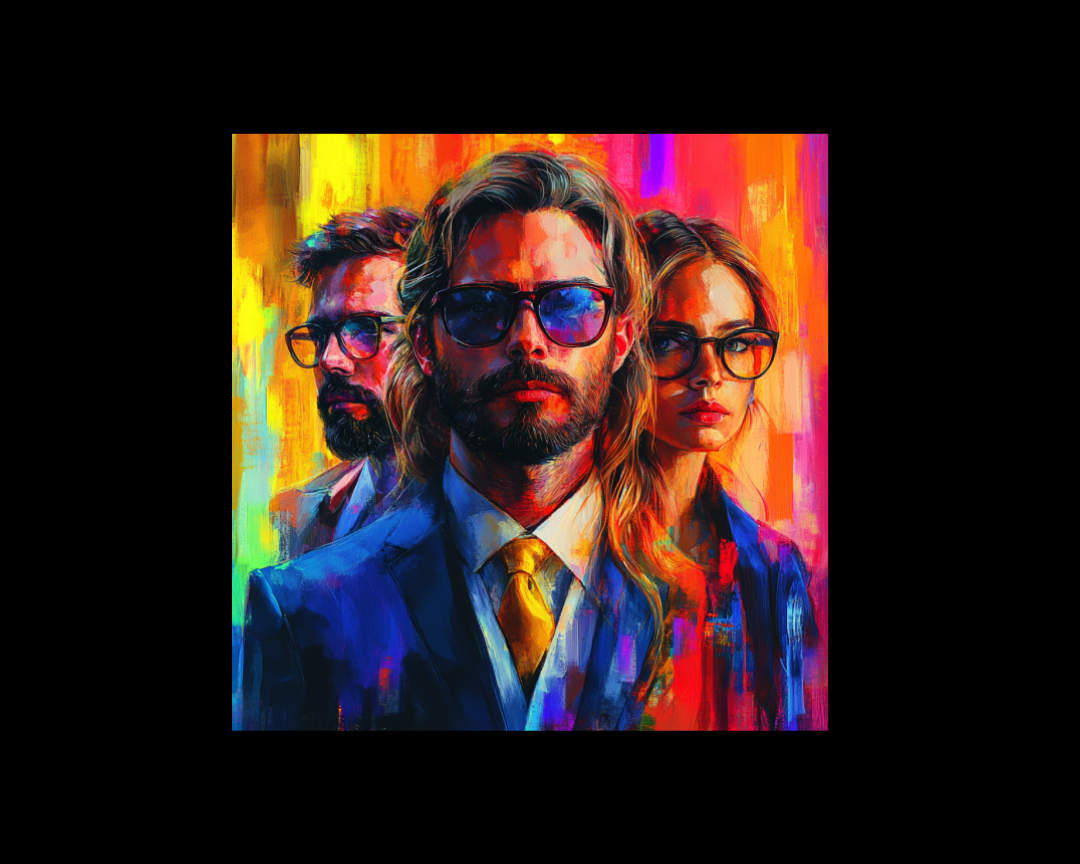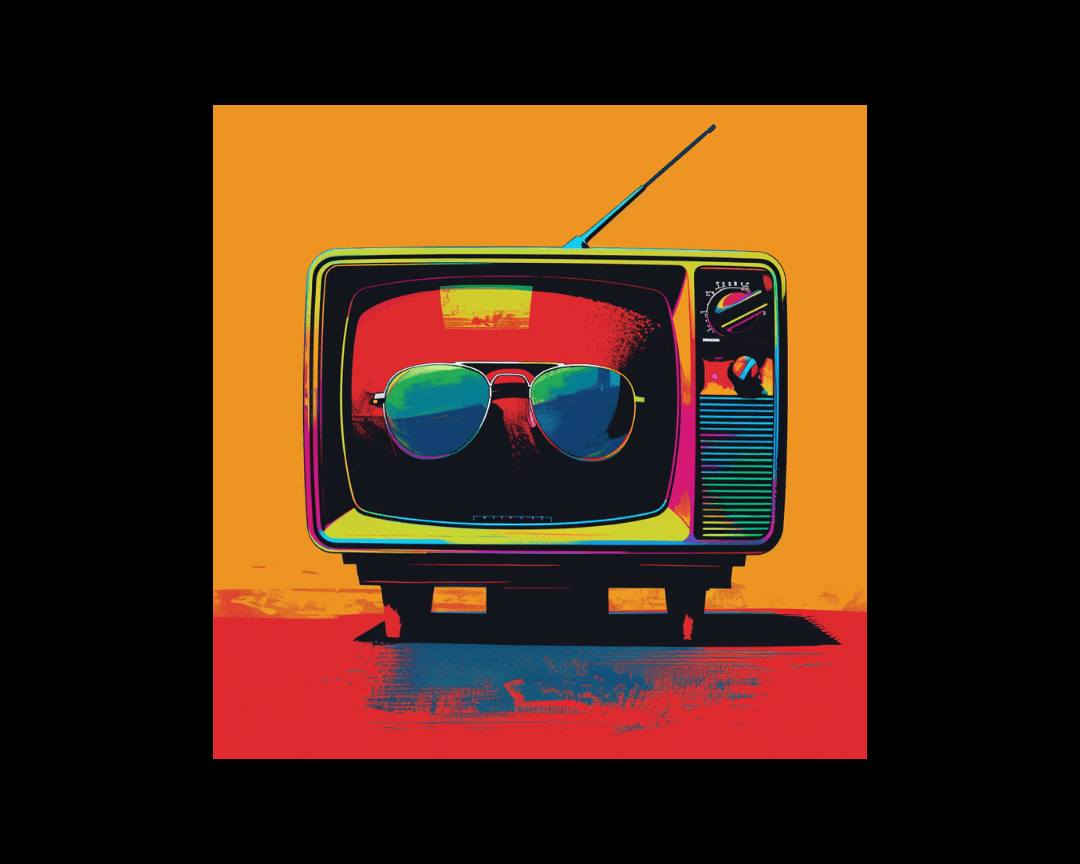A/B Testing: The Key to Data-Driven Marketing Success
In the rapidly evolving landscape of digital marketing, data-driven decision-making has become paramount.

Marketing in 2024 was marked by both soaring highs and challenging lows. The year saw a blend of risky ventures and calculated brand-building efforts, with some marketers pushing the boundaries of creativity while others faced backlash or faded into obscurity. Amid this uncertainty, a few brands stood out, successfully revitalizing their brand perception and driving real results. Below are seven standout campaigns from 2024 and the strategies that propelled their success.
Liquid Death has long thrived on unconventional partnerships and social media stunts. In 2024, its collaboration with Yeti to release a casket cooler—a $68,000 item—showcased its audacious, high-risk approach. Other successful stunts included a corpse-paint line with E.l.f. Cosmetics and a hot fudge sundae offering with Van Leeuwen ice cream. These campaigns don’t rely on paid media but are highly content-driven, creating organic viral moments that resonate with consumers. This approach, which plays with both the bizarre and the on-brand, led to tremendous social media success, including millions of impressions and sold-out products within hours.
Tactic: Unpredictable, highly creative partnerships combined with social-first, viral content creation.
Chili’s used nostalgia to tap into the cultural zeitgeist, reimagining the classic arcade game BurgerTime in a modern, brand-aligned way. The campaign revolved around its Big Smasher BurgerTime game, reinforcing the chain's value message by pitting consumers against the “evil Fast-Food Syndicate.” The clever mix of nostalgia with a strong value proposition resonated with audiences, pushing Chili’s into the cultural conversation and driving engagement.
Tactic: Combining nostalgia with modern values to create a culturally relevant and engaging brand experience.
Calvin Klein’s 2024 spring campaign with The Bear actor Jeremy Allen White harnessed the power of celebrity and cultural momentum. White, known for his role in the hit series, quickly became a style icon, and Calvin Klein capitalized on his popularity to create a campaign that generated $74 million in social media impressions. The partnership’s authenticity and the subsequent follow-up campaign in the fall helped maintain momentum, reinforcing Calvin Klein’s presence in popular culture.
Tactic: Identifying emerging celebrities with cultural relevance and leveraging their growing popularity for sustained impact.
E.l.f. Cosmetics distinguished itself in a year defined by social issues by launching purpose-driven campaigns like "So Many Dicks" and "Dupe That!" The "So Many Dicks" campaign humorously called attention to the gender disparity in corporate leadership, while "Dupe That!" encouraged other companies to replicate E.l.f.’s commitment to diversity. Both initiatives generated overwhelmingly positive sentiment and bolstered E.l.f.’s reputation as a brand with a clear, purpose-driven ethos.
Tactic: Bold, purpose-driven campaigns that challenge the status quo and build brand authenticity.
Lay’s took a creative approach to paid media with its “Groundhog Day” inspired campaign. Instead of competing in the saturated Super Bowl advertising space, Lay’s capitalized on the under-leveraged Groundhog Day by running a clever, media-rich campaign that used linear TV and minimal budget to create a buzz. Starring Groundhog Day actor Stephen Tobolowsky, the campaign earned 1.4 billion media impressions and won multiple awards, proving that a well-executed, unique media strategy can yield remarkable results.
Tactic: Creative media strategy that capitalizes on cultural moments and clever timing, without relying on heavy budgets.
In a unique mobile campaign, Heineken introduced “Boring Mode,” an app designed to encourage digital detox by temporarily disabling smartphone apps and notifications. Released in partnership with streetwear brand Bodega, Heineken also launched physical “boring phones” at Milan Design Week, tapping into Gen Z’s growing desire for real-world connections. This campaign, rooted in nostalgia for simpler times before smartphones, reinforced Heineken’s relevance in today’s digitally distracted world.
Tactic: Leveraging nostalgia and mobile tech to encourage consumer disengagement from devices in favor of real-world experiences.
Gap made a successful bid for Gen Z’s attention with a music-driven fall campaign featuring pop star Troye Sivan. The "Get Loose" campaign included elaborate choreography set to viral TikTok hits, which resonated deeply with young, socially-savvy consumers. By leveraging music’s cultural significance and integrating it seamlessly with Gap’s products, the campaign generated strong engagement and positioned the brand as a key player in youth culture.
Tactic: Using music, viral trends, and dance to capture the attention and loyalty of Gen Z audiences.
These campaigns from 2024 highlight the importance of understanding cultural shifts, embracing bold creative ideas, and using innovative tactics—whether it's in collaboration, media, or purpose-driven messaging. Brands that succeeded this year demonstrated that the best marketing not only cuts through noise but also builds lasting, authentic connections with their target audiences.
%20(1).png)
In the rapidly evolving landscape of digital marketing, data-driven decision-making has become paramount.

In the world of television advertising, shoppable ads are a powerful tool for brands to connect with consumers and drive sales. While QR codes made a...
.png)
1 min read
When it comes to ad placements, a significant disconnect has emerged between marketers and consumers, as revealed in Kantar's latest Media...